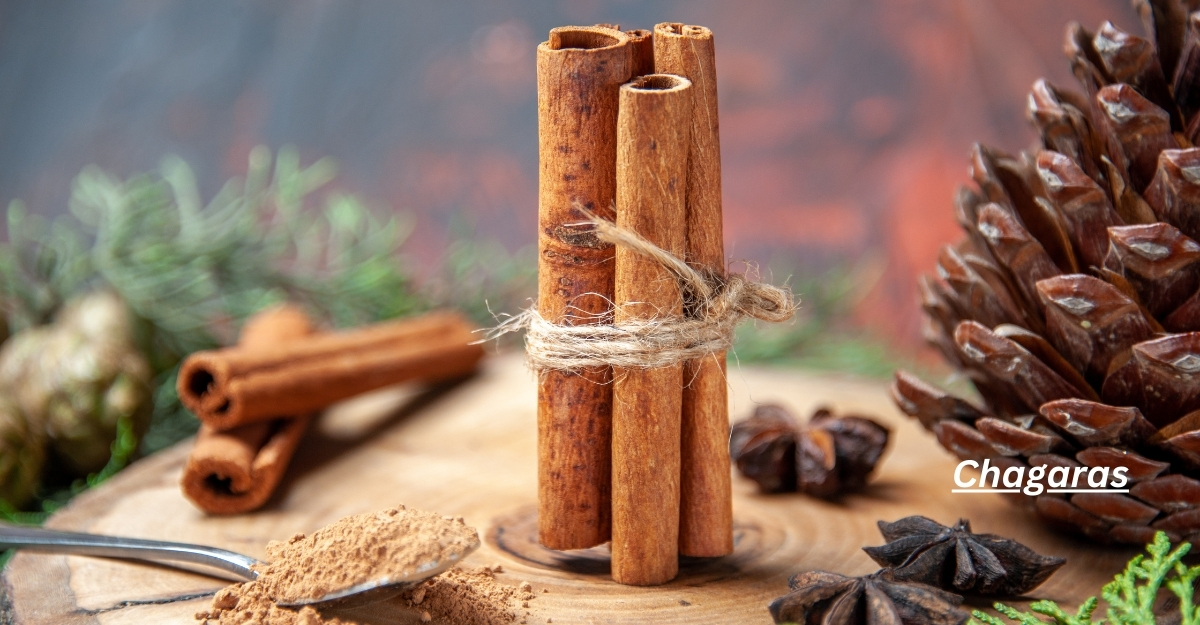Chagaras, sometimes referred to as “herbal pouches” or “sachets,” are an ancient practice with profound cultural roots in many different civilizations around the globe. From improving one’s physical health to having cultural value, these fragrant bundles of herbs, spices, and other natural substances offer a range of advantages.
Chagaras
What are chagaras?
Little bags filled with a mixture of dried flowers, spices, herbs, and other fragrant ingredients make up traditional chagaras.The medicinal qualities of these pouches have made them popular, and they also give off a nice aroma when heated or crushed.
Origin and History of Chagaras
Medicinal, spiritual, and aromatic uses were among the earliest known uses of chagaras, which have their roots in ancient cultures. Every culture has its own special way of making chagaras, with its own special ingredients and traditions.
Types of Chagaras
Traditional Chagaras
Traditional chagaras are made according to family recipes that have been handed down for many years. Herbs and spices gathered from the area are typically a part of these, with each ingredient hand-picked for its unique cultural and medicinal value.
Modern Adaptations
A new wave of contemporary chagara adaptations has emerged in response to the genre’s current popularity spike. To accommodate a wide range of tastes and health objectives, they may combine traditional and modern components.
Benefits of Chagaras
Physical Health Benefits
Many people believe that chagaras can help with physical health issues like headaches, muscle tension, stress, and poor sleep.
Mental Health Benefits
Chagaras’ fragrant qualities can soothe the mind, reducing feelings of tension, worry, and exhaustion. A lot of people find that they help improve their mood and make them feel more at ease.
Cultural Significance
For many cultures, chagaras are more than just a medicinal herb; they also have deep symbolic meaning. They represent rebirth, safety, and communion with the divine and are frequently utilized in religious rites and festive events.
How to Make Chagaras
Ingredients Required
The desired aroma and medicinal properties dictate the components used to make chagaras. Some common ingredients include spices like cardamom, cinnamon, and cloves, and dried herbs like rosemary, chamomile, and lavender.
Step-by-Step Process
- Collect all of the items, including herbs and spices, that you desire.
- Whisk together the items according to taste.
- Pouch or sachet the mixture into little containers.
- Make sure to tightly seal the bags.
- To bring out their full aroma and strength, let the chagaras cure for a few days.
Usage of Chagaras
Different Ways to Use Chagaras
There are several ways to experience the therapeutic advantages of chagaras. A few typical approaches are:
- Putting them in closets, drawers, or any other tiny area can help improve air quality.
- You can gently heat them on a radiator or in a chagara warmer to release their aroma.
- For a soothing aromatherapy soak, try adding them to a bath or a foot soak.
- Keep them in your purse or pocket so you can smell them whenever you want.
Tips for Incorporating Chagaras into Daily Routine
- Try out many combinations until you discover the one that suits you best.
- Crushing or lightly kneading chagara on occasion will refresh their aroma.
- For the chagaras to remain effective, store them in a cool, dry location away from direct sunlight.
- Safety Precautions
Potential Risks and Precautions
Taking some measures is vital to avoid negative reactions, even if chagaras are often safe to use. Among them are:
- Some people have sensitivities to the essential oils and herbs used in chagaras, which can cause allergic reactions. Patch testing should be done prior to extended use.
- Caution:Avoid heating Chagara near open flames or hot surfaces to prevent potential fires.
- Ingestion: Avoid letting children and dogs eat chagara, as they are not meant for consumption.
Proper Handling and Storage
These are the rules to follow if you want your chagara to last and work:
- To keep out air and moisture, make sure to seal pouches snugly when not in use.
- If chagaras start to smell bad or exhibit symptoms of mold or rot, throw them out.
- To maintain the potency and aroma of chagara, rotate them often.
Chagaras in Traditional Medicine
Historical Use in Traditional Medicine
Various traditional treatment systems have long recognized the medicinal potential of chagara. Common medical uses for them included relieving headaches, sleeplessness, indigestion, and breathing problems.
Current Research and Findings
Although there is a lack of extensive research on chagara, only a small number of studies have investigated its possible medicinal properties. Initial research indicates that some of the spices and herbs used in chagara may have anti-inflammatory, antibacterial, and antioxidant characteristics.
Chagaras in Popular Culture
Representation in Literature, Art, and Media
Symbols of enchantment, healing, and beauty have long been associated with chagara in literature, art, and media. They are references to religious writings, ceremonies, and magical activities in mythology, folklore, and religious texts.
Influence on Modern Lifestyle Trends
As more and more people embrace health techniques like aromatherapy, mindfulness, and natural medicine, chagara has also become more popular in recent years. Their accessibility, simplicity, and connection to nature are what make them appealing.
Sustainability of Chagaras
Environmental Impact
The ingredients and processing processes used to make chagaras determine how long they can be enjoyed. Use organic, locally grown herbs and spices and look for ways to reduce your packaging’s environmental impact.
Ethical Considerations
The use of traditional components in chagara carries cultural and ethical considerations. Be respectful of indigenous peoples’ wisdom and traditions, and back fair trade programs that encourage environmentally responsible farming practices.
Challenges and Controversies
Regulatory Issues
Some jurisdictions place limitations on specific components or labeling regulations when it comes to chagara legislation, while other countries have more lax policies. Before you sell or distribute chagara, make sure you are familiar with the local rules and laws.
Misinformation and Myths
False information and inflated promises about chagara can happen just as easily as with other alternative medicines. When assessing the effectiveness and safety of chagara, use caution and only trust reliable sources.
Future Outlook
Potential Advancements and Innovations
New developments in chagaras are likely to emerge in response to the rising demand for alternative medicine and holistic wellness. To adapt to changing consumer tastes, it may be necessary to create new blends, application techniques, and packaging designs.
Projected Trends
As more and more individuals look for natural and organic ways to improve their health, chagaras are likely to maintain their meteoric rise in popularity. Customized mixes, sustainable packaging, partnerships with local craftspeople and wellness labels are some of the upcoming trends to keep an eye on.
Conclusion
Chagaras provide a more complete view of health and wellness by fusing cultural practices with the medicinal properties of spices, herbs, and aromatherapy. People of all ages and cultures love chagara for their calming and cleansing properties, along with their pleasant aroma.
Unique FAQs
- Are chagaras safe for children and pets?
- Although harmless for humans, chagaras should be used with caution near children and pets. Prevent children from eating or touching chagaras.
- Can I customize the ingredients in chagara to suit my preferences?
- Making your own chagara lets you tailor the ingredients to your tastes and health goals, which is great. Blend spices, herbs, and essential oils until desired.
- How long do chagaras typically retain their fragrance?
- The chemistry, storage, and use of a chagara affect its scent. Given proper care, chagara can retain their perfume for a long time.
- Are there any specific herbs or spices that should be avoided in chagara?
- Chagara should be used with caution by anyone allergic to herbs or essential oils. Lavender, chamomile, and citrus oils cause allergies. Test a patch before widespread use.
- Can chagara be used as a substitute for medical treatment?
- Chagara may be medicinal, but it should not substitute for medical care or counsel. Consult a doctor before using chagara, especially if you have health issues.











